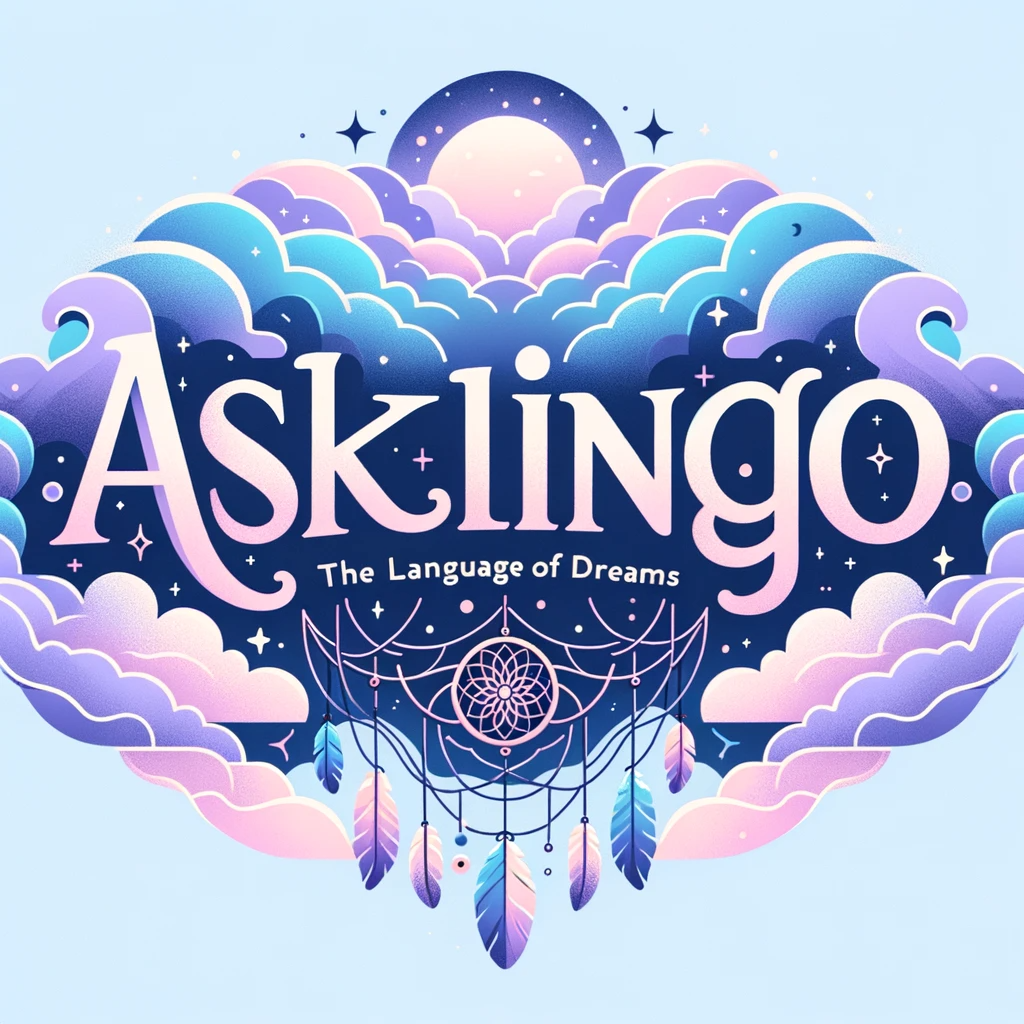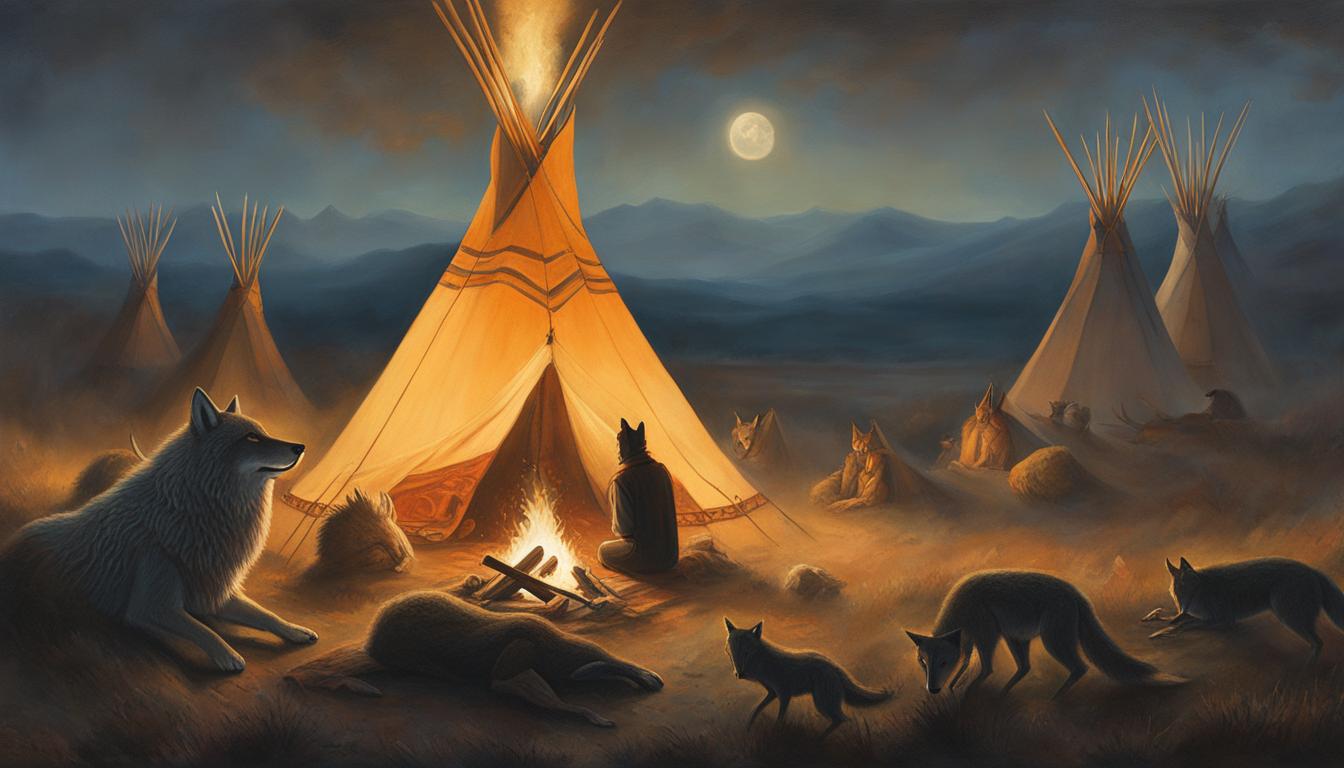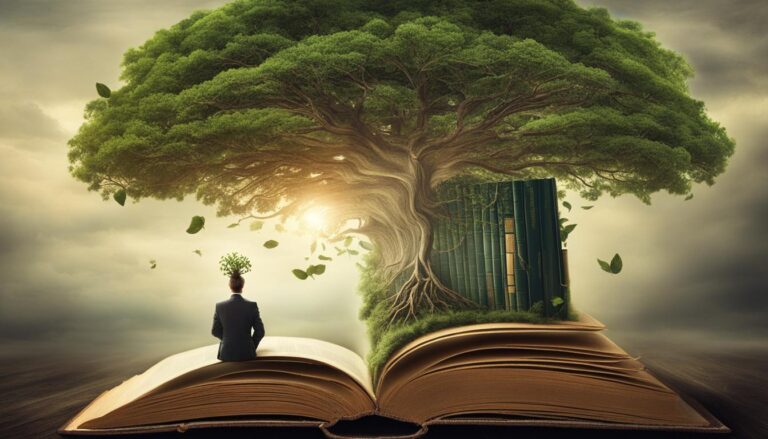Native American Dream Interpretation: Exploring the Deep Traditions of Dreaming in Native American Culture
Welcome to my article on Native American dream interpretation. In this piece, we will delve into the rich traditions and beliefs surrounding dreams in Native American culture. Dreaming holds a special place in the spiritual and philosophical framework of Indigenous societies in North and South America. It is through dreams that they connect with the spiritual realm and gain insight into the mysteries of the universe.
Native American communities have developed unique practices for understanding and interpreting dreams. These dreams are seen as more than just random images or thoughts during sleep – they hold metaphorical, literal, or even prophetic meanings that can provide guidance and knowledge for daily life.
Join me on this journey as we explore the symbolism, rituals, and healing aspects of Native American dream interpretation. Through the voices of contemporary Native American individuals and the wisdom passed down through generations, we will gain a deeper understanding of the profound significance that dreams hold in their culture.
Key Takeaways:
- Dreaming in Native American culture is deeply rooted in spirituality and holds significant meaning.
- Native American communities have traditional practices for understanding and interpreting dreams.
- Dreams in Indigenous communities often have prophetic and spiritual significance.
- Dream rituals and personal initiation play a significant role in Native American traditions.
- Dreams are not only seen as sources of guidance but also as a means of healing and soul retrieval.
The Prophetic and Spiritual Significance of Dreams in Indigenous Communities

In indigenous communities around the world, dreams hold a profound spiritual significance. Native American cultures in particular view dreams as a powerful connection to the spiritual realm and a source of guidance and knowledge. These dreams are believed to have prophetic qualities, offering insights into the future and providing practical wisdom for daily life.
For example, the Sonenekuiñaji in the Peruvian Amazon and the Chipewyan people in Northern Canada attribute great importance to their dreams. They see their dreams as a means of communication with the divine and consider them to be an integral part of their cultural and spiritual identity. In these communities, dreams are regarded as messages from the ancestors, spirits, and the natural world, offering guidance and warnings.
“Dreams reveal the hidden messages of the universe, guiding our actions and illuminating the path ahead,” says Elder Aiyana of the Sonenekuiñaji community. “They are a sacred gift that helps us understand the interconnectedness of all beings and navigate the complexities of life.”
Dreams in Native American culture are rich in symbolism and carry deep meanings. They often serve as messages or omens, guiding individuals in their personal and communal journeys. The interpretation of dream symbols is a crucial aspect of understanding these spiritual visions. Native American dreamwork involves analyzing the symbols and interpreting their significance within the context of the dreamer’s life and the broader cultural beliefs.
Through their profound belief in the prophetic and spiritual power of dreams, indigenous communities nurture a deep connection with their ancestral wisdom and the natural world. Dreams serve as a bridge between the physical and spiritual realms, offering insight, guidance, and inspiration to navigate the complexities of life.
Dream Rituals and Personal Initiation in Native American Traditions

Dream rituals and personal initiation hold immense significance in Native American traditions. These practices play a crucial role in understanding and interpreting dreams within Indigenous communities. Through prayer, fasting, and solitary vigils, individuals seek visions and guidance to gain a deeper understanding of their destiny and establish a profound connection with the spiritual world.
In Native American culture, dreams are considered sacred and hold deep relevance to an individual’s physical reality. They are believed to provide insight into soul lessons, healing, and spiritual growth. Dream rituals and personal initiation serve as gateways to unlock the wisdom of the subconscious mind and tap into the spiritual realm. Through these practices, individuals can access profound spiritual experiences and connect with ancestral wisdom and divine forces.
Traditional dream practices in Native American communities involve seeking visions and understanding the symbolic language of dreams. Dreamers may embark on vision quests, where they retreat to nature, meditate, and engage in introspection to receive messages from the spiritual world. These visions and dreams are interpreted by tribal elders, shamans, or spiritual leaders who possess the knowledge and wisdom to decipher the intricate symbolism and hidden meanings within the dream realm. Indigenous dream interpretation involves understanding the interconnectedness of all beings and the profound wisdom that can be gained through dream experiences.
Engaging in dream rituals and personal initiation allows individuals to delve into the depths of their psyche, uncover hidden truths, and receive guidance from the spiritual realm. It is through these sacred practices that Native American communities continue to pass down ancestral knowledge and maintain a strong connection to their cultural heritage.
Key Points:
- Dream rituals and personal initiation hold significant importance in Native American traditions.
- Prayer, fasting, and solitary vigils are integral to gaining visions and guidance from the spiritual realm.
- Dreams are considered sacred and provide insight into soul lessons, healing, and spiritual growth.
- Traditional dream practices involve interpreting the symbolic language of dreams.
- Engaging in dream rituals allows individuals to tap into ancestral wisdom and divine forces.
Dreamwork for Healing and Soul Retrieval in Native American Culture

Dreams hold a profound significance in Native American culture, serving not only as sources of guidance and prophetic visions but also as powerful tools for healing and soul retrieval. Within this rich spiritual tradition, shamans and spiritual leaders engage in dream work to understand the underlying causes of illnesses and retrieve lost souls.
In the practice of dreamwork, dreams are seen as gateways to the spiritual realm, offering a doorway to wider awareness and connection. Shamans interpret the symbolic meanings embedded within dream symbols, unraveling their messages to unlock deeper insights and understanding.
“Dreams are a sacred language that speaks to us in symbols and metaphors,” explains Shaman Grey Bear of the Lakota Sioux tribe.
“By exploring the dream symbols and unraveling their hidden messages, we gain insight into the interconnectedness of all things and find pathways to healing and spiritual growth.”
Dreamwork in Native American culture often involves rituals and ceremonies, such as sweat lodges or vision quests, to create a sacred space for dream exploration. Through these practices, individuals seek to understand the interplay between their dreams and physical reality, unraveling the messages from the Dreamtime and gaining wisdom that can guide them in their waking lives.
Unlocking the Power of Dream Symbols
The interpretation of dream symbols is a vital aspect of Native American dreamwork. Each symbol carries its own unique significance and can act as a transformative guide on the individual’s spiritual journey.
- The eagle: A symbol of spiritual guidance and strength, the eagle often appears in dreams to offer wisdom and protection.
- The wolf: A symbol of loyalty and intuition, the wolf may appear in dreams to offer guidance or represent a spiritual companion.
- The buffalo: A symbol of abundance and spiritual grounding, the buffalo signifies the importance of staying connected to one’s roots and finding balance.
- The snake: A symbol of transformation and healing, the snake can appear in dreams as a sign of personal growth and shedding old patterns.
By understanding the meanings behind these symbols and the personal significance they hold, individuals can tap into the transformative power of their dreams, facilitating healing and soul retrieval.
Perspectives from Contemporary Native American Individuals
In order to gain a deeper understanding of the traditional Native American dreams and their beliefs in the modern context, I had the privilege of conducting interviews with members of Native American tribes. Denise and Paul Pouliot, who are part of the Cowasuck Band of the Pennacook Abenaki People, and Kathleen Blake, a respected spiritual leader in the Koasek Traditional Band of the Sovereign Abenaki Nation, graciously shared their personal experiences and insights.
Denise and Paul Pouliot emphasized the continuing importance of dreams in their culture. They explained that dreams hold a significant place in their lives as they provide guidance, teachings, and connections to their ancestral traditions. According to them, dreaming allows them to tap into the wisdom of their ancestors, gain spiritual insights, and navigate their journey in the modern world.
Kathleen Blake, on the other hand, shed light on the evolving nature of Native American dream beliefs. She shared that while the core principles and practices remain intact, the interpretation of dreams has adapted to incorporate the challenges and opportunities faced by contemporary Native Americans. Dreams are seen as a way to seek healing, find purpose, and maintain a strong connection to their cultural heritage.
These insights from Denise, Paul, and Kathleen highlight the enduring significance of dreams in Native American communities. Traditional Native American dreams continue to shape and guide individuals, allowing them to maintain a strong connection to their cultural roots and navigate the complexities of the modern world.







